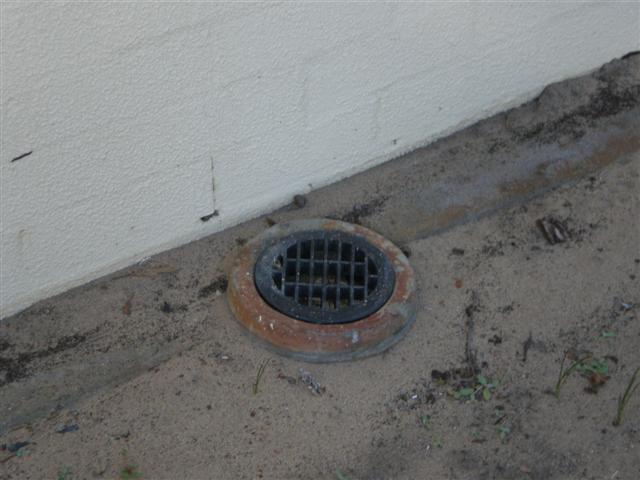Domestic wastewater overflows
What is a domestic wastewater overflow?
A domestic wastewater overflow is when your blackwater or greywater overflows onto your property or into your home.
A domestic wastewater overflow may occur on a:
- sewered property (a property which is connected to the sewerage main)
- lot with onsite sewerage disposal (for example, septic tanks and leach drains).
If you experience a domestic wastewater overflow in your home or on your property, there are a number of measures you should take to reduce the impact that this water can have on your health and your home.
Read more about the health risks of wastewater.
There are also a number of steps you can take to reduce chance of wastewater overflowing inside your home.
Terms explained
Blackwater – water that comes from the toilet and is therefore contaminated with faeces (poo) and/or urine.
Greywater – water that essentially comes from bathrooms, kitchens, or laundries.
Pathogen – a disease-producing organism.
What are common causes of domestic wastewater overflows?
Some of the common causes of domestic wastewater overflows include:
- blocked sewerage mains caused by tree roots, accumulation of fats and/or other objects (such as rags or children’s toys)
- failure of, or inadequate maintenance and servicing of onsite sewage systems including aerobic treatment units, septic tanks and leach drains.
A blockage in the sewerage main can cause wastewater to backflow up through the overflow relief gully and empty out into the backyard or side areas around your home.
If the overflow relief gully is blocked, or covered, wastewater may backflow and overflow inside your home.
What is the purpose of an overflow relief gully?
 An overflow relief gully is a drain-like fitting that has a small removable grate.
An overflow relief gully is a drain-like fitting that has a small removable grate.
Overflow relief gully
It is normally located near the bathroom or laundry on the outside of your home.
The grate is located approximately 75 mm above ground level.
The overflow relief gully connects the sewerage main and plumbing pipework from within the home.
The base of the overflow relief gully pipe is located at a level that is lower than any other pipe that exits from within the home.
The overflow relief gully is designed to ensure that if the sewerage main becomes blocked, wastewater from your home will overflow out of the overflow relief gully rather than backflow inside your home.
To stop wastewater back-flowing into your home, it is important to ensure that your overflow relief gully:
- is not covered by landscaping, garden beds, pot-plants or paving
- the grate (the plastic or metal grated lid) is not damaged or concreted (that is, permanently fixed to drain). The grate should easily pop-off.
If you have an onsite sewage system, it is important that you operate, maintain and keep it serviced in accordance with:
- approval to use conditions
- manufacturer recommendations.
The general service and maintenance period for the following onsite sewage systems is as follows:
- aerobic treatment units – every 3 months
- septic tanks and leach drains – every 2 to 3 years.
It is also important to make sure that trees are not planted over, or very close to, sewerage pipes or onsite sewerage systems.
Some types of trees may have more invasive root systems than others.
Where to get help
Acknowledgements
Public Health
This publication is provided for education and information purposes only. It is not a substitute for professional medical care. Information about a therapy, service, product or treatment does not imply endorsement and is not intended to replace advice from your healthcare professional. Readers should note that over time currency and completeness of the information may change. All users should seek advice from a qualified healthcare professional for a diagnosis and answers to their medical questions.